Once the emission device is chosen, a system of filters, chemical injectors, pipes, valves and fittings must be constructed to deliver water reliably, safely and efficiently to each outlet, and to facilitate system maintenance. The following are the major distribution system component categories:
1. Filters
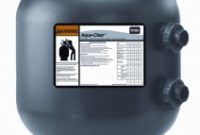
Filters are used to remove organic and inorganic debris from the water that could potentially clog the emission devices. In agriculture, sand media filters, screen filters or disk type filters are commonly used, and may be cleansed manually, semi-automatically or automatically. Even where potable water is used, which is typical of landscaping applications, disc or screen filters should be installed since scale and chemical precipitants may occur which present a potential clogging hazard. Depending on the emission device chosen, the degree of filtration should be 80-200 mesh.
2. Pipe
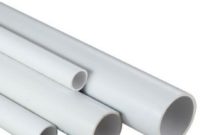
PVC pipe is widely used to transport water from the water source to irrigation equipment of all types. In drip irrigation systems, it is typically used in the control zone and in the delivery network as both mainline and sub-mainline. In some cases, it may also be used as the lateral serving the emission devices. White PVC pipe is not UV resistant.
3. Chemical Injectors
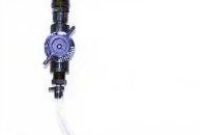
Chemical Injectors are typically installed in drip irrigation system in order to facilitate system maintenance with chlorine or acid, and also to supply nutrients or other liquid or gaseous substances to the plants being irrigated. Whatever type of injector chosen, extreme care should be taken to ensure that the system includes proper safety and backflow prevention devices.
4. Fittings
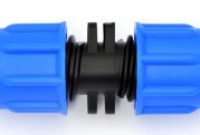
PVC pipe connections are typically made using solvent welded fittings, while PE tubing is usually connected via compression, insert, or ring-lock type fittings.
5. Tubing
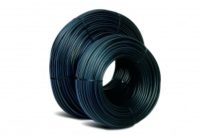
PE tubing is widely used as the lateral pipe servicing the emission devices. It is available in numerous diameters, wall thicknesses and reel lengths with varying pressure ratings and hydraulic characteristics. PE tubing, regardless of the color, is UV resistant.
6. Flush Valves
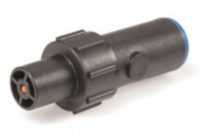
Flush Valves are used to periodically cleanse the conveyance and emission device components of organic and inorganic debris that could clog the emission devices if left unchecked. They may be simple manual valves fitted at the ends of mainlines, sub-mainlines and/or laterals, semi-automatic valves that flush only at start-up or shut-down, or fully automated solenoid valves.
7. Air/Vacuum Relief Valves
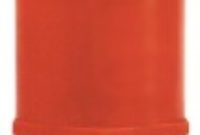
To avoid general equipment failure, pipe rupture or pipe blockage, air/vacuum relief valves are used to expel air that builds up in the pipeline network during start-up and operation. Air/Vacuum relief valves are also used to allow air to enter the pipeline network as water exits at shutdown. This avoids undesirable vacuum suction in both the pipelines and the emission devices. Air/Vacuum relief valves are typically installed at high elevation points, at control points, and at periodic pipeline intervals.
8. Pressure Regulators
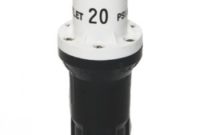
Pressure Regulators are installed to protect downstream components from excessive pressures. They are especially important in drip irrigation systems because the plastic and PE construction materials typically have lower pressure ratings than conventional sprinkler systems.
